- March 25, 2025
- By Karen Shih ’09
Crabs, beer and football. If that’s all you know about Maryland, you’re missing out. Our state has a storied history, from its Indigenous roots to its roles as a Colonial capital and hub for Civil War freedom fighters to its status as a major shipping port.
Brush up on some on trivia this Maryland Day state holiday (not to be confused with the university’s open house), nearly 400 years after English settlers from the Ark and the Dove landed in what’s now St. Mary’s in 1634.
Blake Wilder, a senior lecturer of English at the University of Maryland who teaches the course “Literary Maryland” (ENGL142), explains what’s special about our State House, the unexpected way famed abolitionist and orator Frederick Douglass learned to read and how a Baltimore tragedy led to major changes in firefighting.
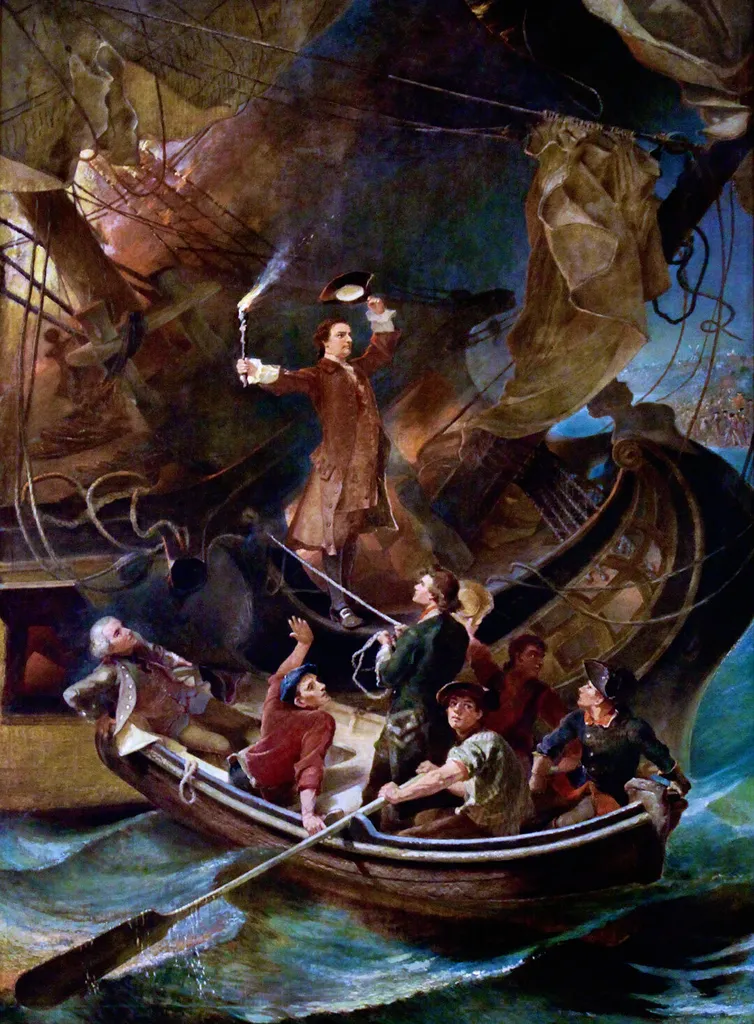
1) Annapolis had its own “Tea Party”
Ten months after Bostonians dumped hundreds of chests of tea into the harbor, Annapolis had its own caffeine-driven crisis. Although colonists had banned tea imports as a protest against British taxes, a merchant still sent crates of tea in October 1774. Once the ship landed, a citizen committee voted to burn the tea but not the boat—but a vocal minority incited a mob that burned the boat anyway. Royalist John Galloway, who witnessed and condemned the action, wrote an account that Wilder’s students read in class.
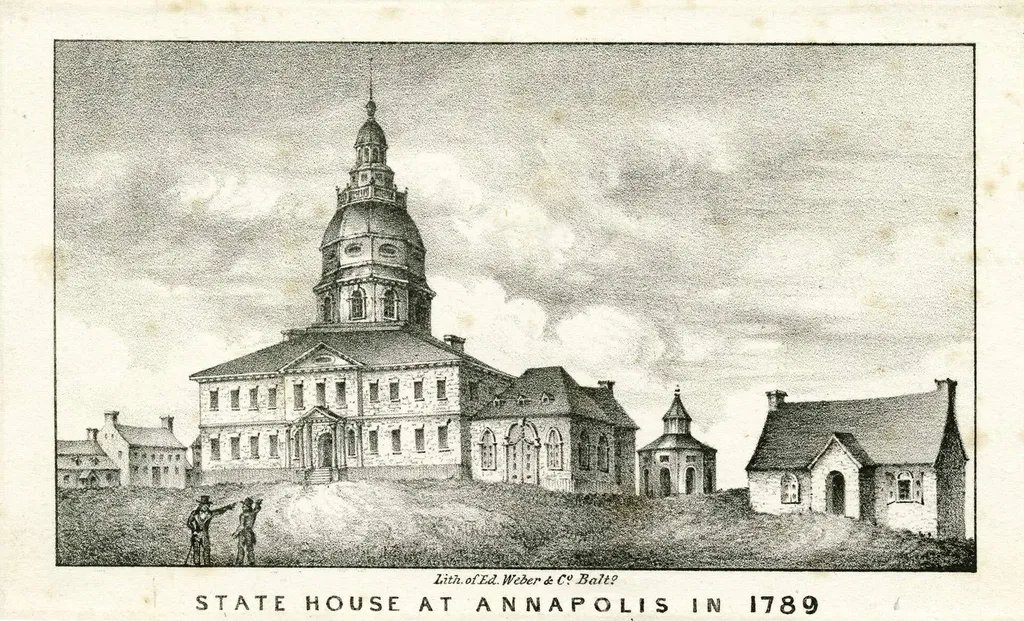
2) Maryland has the longest continually used State House
Built in 1779, it’s also the only one that’s served as the nation’s capital, when the Continental Congress met there from November 1783 to August 1784. Once the Revolutionary War is over, it’s also where George Washington relinquished his role as commander in chief of the Continental Army. “There’s fears about mob rule, and people wanted him to be king, but he made an act of resigning,” said Wilder.
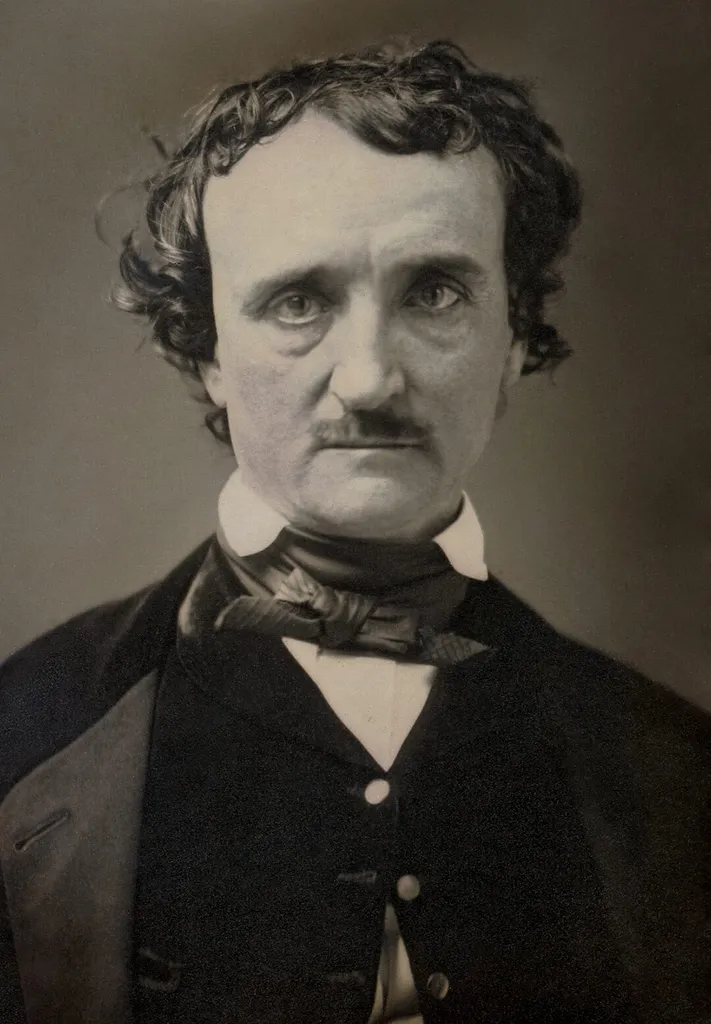
3) Edgar Allan Poe spent limited time in Maryland
Though the writer and literary critic is closely associated with Baltimore—the Ravens football team is even named after his most famous poem—he was actually born in Boston, grew up in Virginia and spent many years living in Philadelphia and New York. Ultimately, the famed Gothic fiction author died in Baltimore in 1849 under mysterious circumstances.
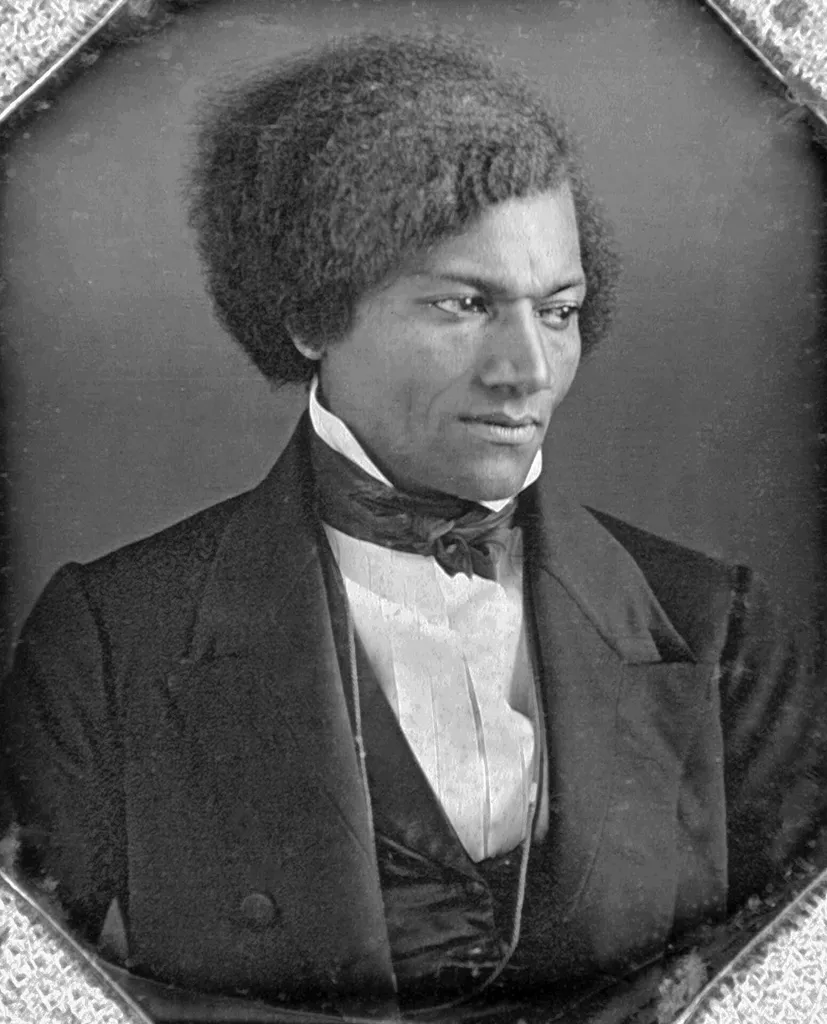
4) Frederick Douglass learned to read in an unusual way
As a youngster in Baltimore, he had been taught a bit by the slaveholder’s wife before she was found out and forbidden to continue. In one of his autobiographies, he recounts using his rudimentary knowledge to challenge white boys in the shipyards on how to write, getting them to scratch out the letters in the dirt so he could learn which was which. “He tries to emphasize that learning to read is a path to freedom,” Wilder said.
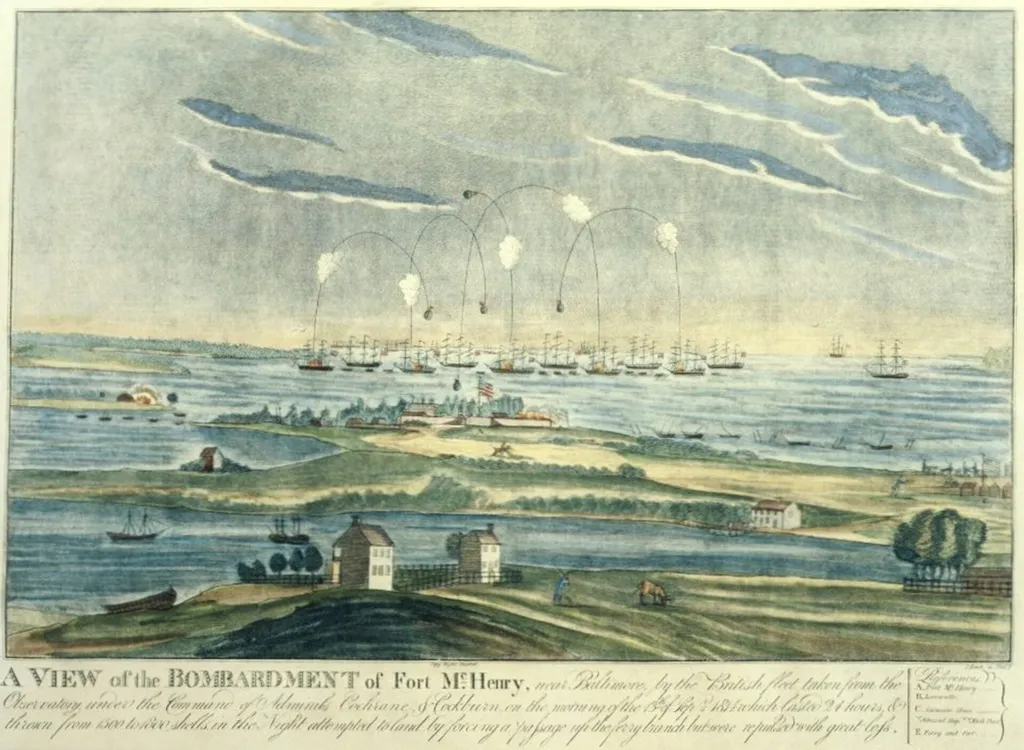
5) “The Star-Spangled Banner” wasn’t always the national anthem
Lawyer and Marylander Francis Scott Key saw the American flag still flying over Fort McHenry after a British attack during the War of 1812 and was inspired to write a poem that his brother-in-law set to an old drinking song. It wasn’t officially made the U.S. anthem until 1931. Today, nobody sings the third stanza that refers to enslaved people and mercenaries fighting in the battles. “It’s a great opportunity to have students debate whether we should keep it,” he said.
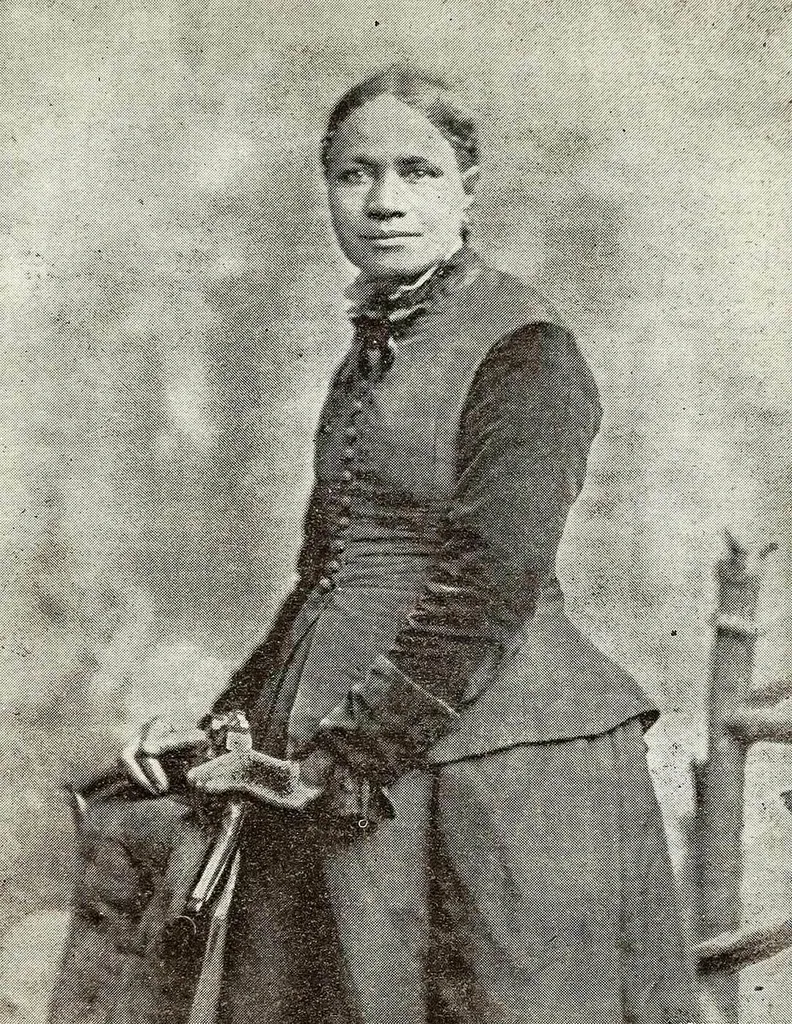
6) Frances E.W. Harper was a prolific but under-the-radar author
A free Black woman, Harper wrote poems, short stories and novels from the 1850s to 1890s (around the same time as Douglass) “but most people don’t really know her because of gender dynamics,” said Wilder. This year is the 200th anniversary of her birth, and there are celebrations throughout the state honoring her contributions to literature, women’s suffrage and abolition.

7) The Great Baltimore Fire of 1904 transformed firefighting
Considered one of the biggest fire disasters in the United States, the blaze leveled 1,500 buildings and required out-of-state assistance. The problem was, when horse-drawn, steam-powered fire engines arrived from cities like Philadelphia and New York, their hoses couldn’t fit in the Baltimore hydrants. That led to the standardization of equipment across the country.
Eager to learn more about Maryland?
“Literary Maryland” (ENGL142) is a Big Question course offered each spring semester, open to all undergrads. The class features multiple field trips, including to the nearby Riversdale House Museum, Washington, D.C., and Annapolis.
Topics
Campus & Community